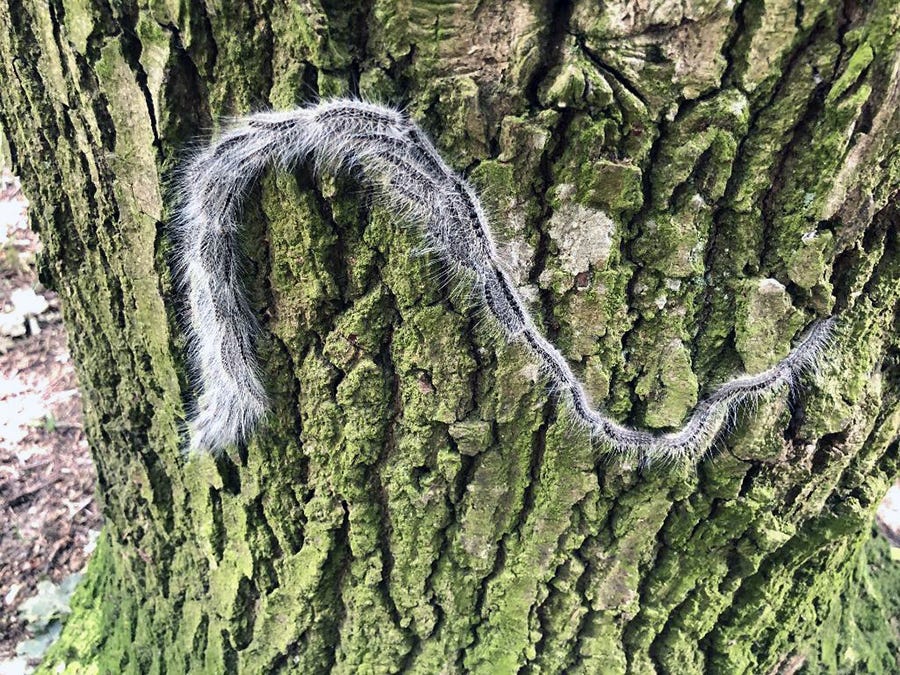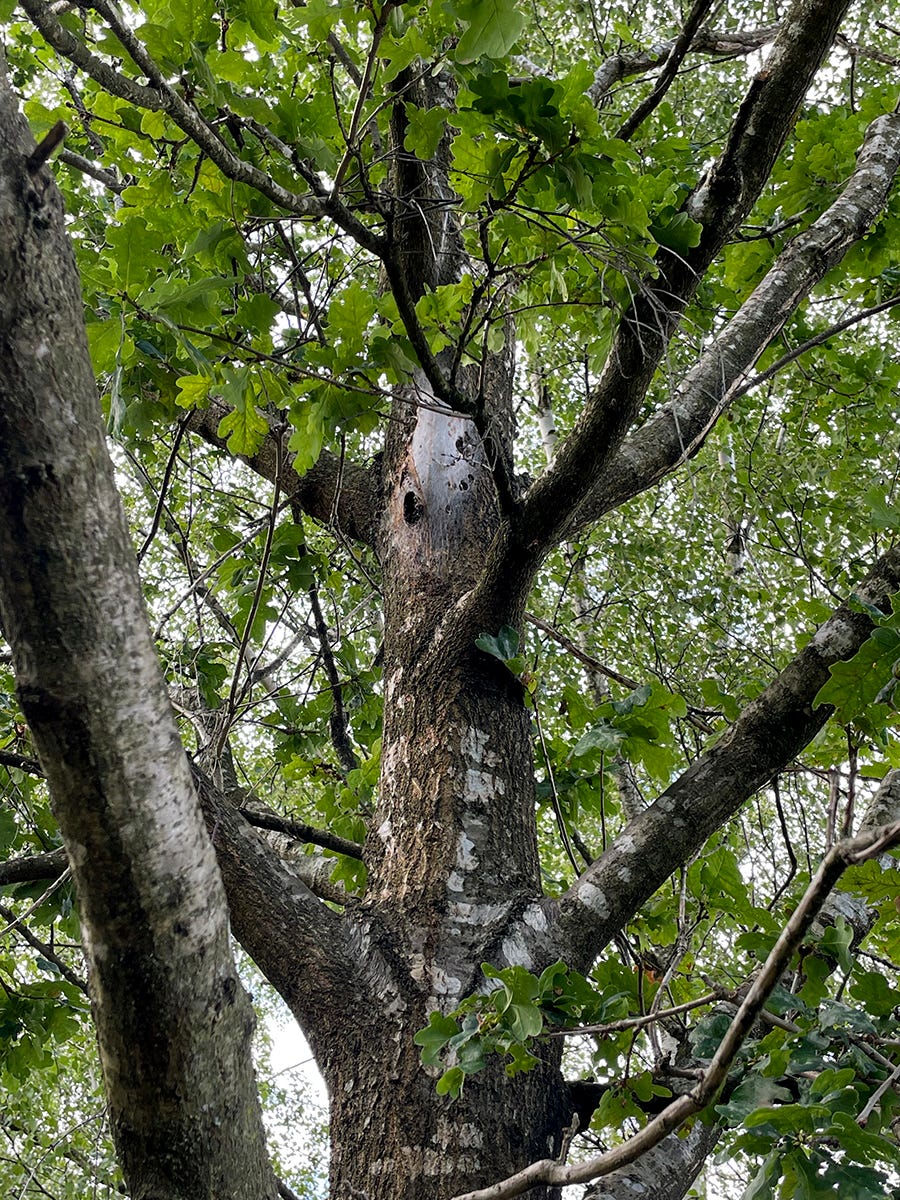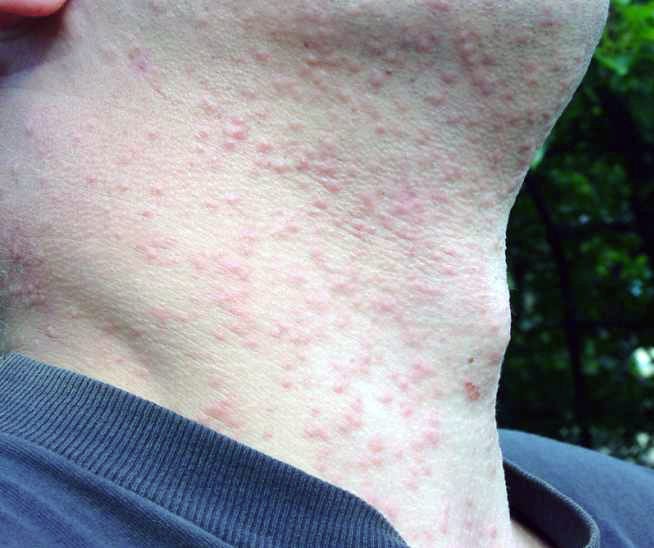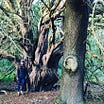Pest intentions: Oak Processionary Moth 80km north of 'buffer zone'
What does new Derbyshire discovery mean...

On July 4, Defra reported a new outbreak of Oak Processionary Moth (OPM) in the Long Eaton area of Derbyshire. This is significant news, because it means the pest has been found in the ‘Pest Free Area’, at a site more than 80km beyond the current ‘Buffer Zone’. The Forestry Commission are responding accordingly, with eradication efforts and ongoing surveillance in the area to determine the source and extent of the outbreak. Members of the public in Derbyshire and Nottinghamshire have been asked to be vigilant, to check their oak trees for signs of OPM, and report any sightings to TreeAlert.
Scroll down for the latest update from Defra
As we discussed in a previous Tree Talk, OPM may pose a threat to oak health when combined with other stressors (e.g. other pests and diseases, drought). Further to this, there are health risks to people, livestock, and pets from exposure to the caterpillars and nests – not least to those employed to do tree works and most likely to face repeated exposure. The national OPM Management Programme seeks to minimise the spread of OPM containing it within the Established Area of London and surrounding counties. A new outbreak like this can seem surprising, especially so far from its known range.
How do new outbreaks occur?
It is understandably very difficult to contain insects once they are out in the environment! OPM can move to new oak trees in a few ways. As caterpillars they can process short distances across the ground between trees. They can disperse further as adult moths. The male moths are capable flyers, and can fly up to 50-100km, but of course they need the presence of females to establish a new population! Females can fly reasonable distances but have a known tendency to remain closer to where they emerged.

The final pathway is through accidental introduction to a new area as a result of human activity, specifically through the movement of oak trees or branches that have eggs on them; in fact, this is how OPM first arrived in the UK. It demonstrates why good biosecurity practice is so important and why there are restrictions on the trade and movement of oak trees.
No imports of oak from outside the EU are currently permitted, and certain criteria must be met for imports from within the EU. Within Great Britain, it is not permitted to move large oak trees from the Buffer Zone or Established Area into the Pest Free Area, unless they have been grown at a site with complete physical protection against OPM introduction and inspected to confirm they are pest free. If you are unsure of the current rules, please check out Defra’s webpage for full details. Complying with them should reduce the likelihood of further outbreaks.
This video explains the current rules:
What does a new outbreak mean for OPM policy and response?
The Forestry Commission are taking robust action to try to contain the outbreak and eradicate OPM from the area. However, it is possible that it could have spread before it was noticed, so further monitoring will likely be in place for a while to ensure the eradication efforts are effective.
Defra told Tree Talk: “A rigorous management programme is underway with the aim of eradicating the pest in this area. Defra will review if any further action is needed following the conclusion of extensive surveillance to fully understand the extent of the outbreak.”

Ultimately, OPM is likely to continue spreading, although the measures in place should slow this down. This means that, over time, more local authorities and land managers will need to think about how they might respond to it. The key message is to develop a proportionate approach that protects oak trees and their vast biodiversity and heritage value, while also minimising OPM exposure to people and pet. This can be done through a range of techniques, including targeted nest removals, signage, and encouraging people away from affected oak trees. Research on alternative control methods may direct us towards the use of nature-based solutions, which could encourage natural predators while also enhancing biodiversity and reducing costs.
Maybe we are in a gradual process of learning to live with OPM, just as we live with existing risks associated with the natural world – from wasp nests to stinging nettles. I live within the Established Area of OPM and have seen nests in several spots nearby over the last few summers. Their presence, in the local park or beside a footpath, does not put me off using those spaces. I avoid getting too close to certain trees at certain times of the year, and the local authority has put up signs on affected trees to keep people informed.
Nature is dynamic and complex, and that is part of its beauty. If we get to know how trees change across seasons and through the years under normal circumstances, we’re far more likely to spot when something is wrong. Restoring our connection with nature can help us take care of it. There are always risks involved in venturing outdoors, but armed with a little knowledge and awareness, we can enjoy it safely.
That said, we should do all we can to prevent any new pests and diseases arriving in Great Britain, which may have huge negative impacts, and continue to learn and research the best ways of protecting our trees and woodlands.
What can you do to help?
All of us involved in growing, transporting, planting, and managing trees have a role to play in protecting tree health, and making sure we have the best chance of a thriving, healthy treescape.
If you’re procuring oak trees (or any other species!) don’t be afraid to ask questions and check that tree nurseries are complying with any current biosecurity rules. Certification schemes like Plant Healthy and UK and Ireland Sourced and Grown are useful indicators of general good biosecurity practice. If you don’t feel confident that a nursery has suitable measures in place, look for other options and don’t take the risk.
Wherever you are in the country, keep your eyes open for signs of tree pests and diseases. If you suspect that you have seen OPM in the Pest Free Area or Buffer Zone, please report it immediately to TreeAlert, which is a simple online form. Having good evidence helps local and national government to adopt effective responses.
Jess Allan is The Tree Council’s Science and Action Research Manager
Latest update from Defra
Investigations including tracing and surveillance exercises are ongoing to identify the source of spread of Oak Processionary Moth to this area. As part of Defra’s standard outbreak response, a tracing exercise is carried out by APHA to understand if any nurseries are impacted by the outbreak. In light of this finding, APHA are assessing all available import and movement data for imports of oak trees and additional tracing will be carried out where necessary. They are also working with the supplier to trace and visit any other planting sites associated with this case.
Find support for OPM management within the Established Area through the Tree Health Pilot: www.gov.uk/government/publications/tree-health-pilot-scheme-2023/grants-for-oak-with-oak-processionary-moth-opm
MORE Jess Allan: Pest intentions: Managing Oak Processionary Moth in the UK






